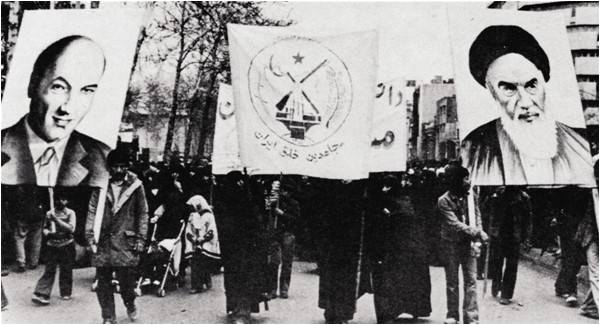
‘There is no door
There is no road
There is no moon
Neither day
Nor sun
We are standing outside time
With a bitter dagger
Stuck in our spine
No one talks to anyone
For silence is speaking in a
thousand tongues.’
(Ahmed Shamlu, Abraham in the Fire, 1973)
On a cold and drizzly evening of 29 January 1979, 40 years ago, Iran’s dictator the Shah of Iran Reza Shah Pahlavi decided to heed the advice of Ahmed Shamlu – modern Iran’s greatest poet – and end the unspeakable silence that he had engulfed his people in for about four decades. The Shah boarded a flight for Egypt.
Just a few hours earlier, the beleaguered Shah, in a remarkable bout of probity had declared, “If America does not care whether an Islamic Republic or a Marxist state is established in Iran, then why should I draw my country into civil war?”
He did not have to wait long. On the 1st of February, Ayatollah Khomeini reached Teheran from Paris to a rapturous welcome from millions of people.
The Shah had enough armed men to crush the rebels. But the soldiers of the much-vaunted 400,000 strong army had no morale to do this. Already there were incidents demonstrating their aloofness from the situation and tendency towards desertion. It was part of the charm of the revolution that it had more legitimacy than the Shah ever did. By the time Khomeini flew into Teheran on the 1st of February, much of Iran was with him.
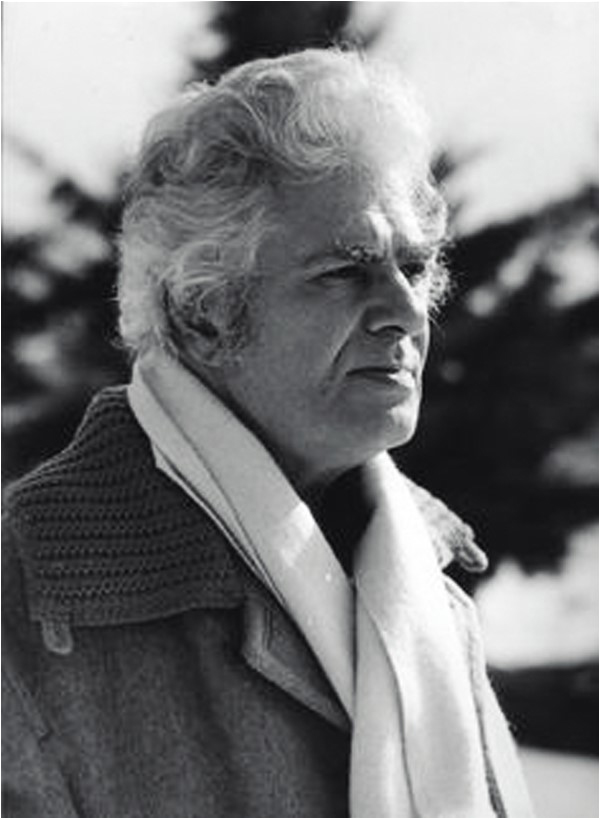
The Shah had fled with the money. With him went the property owners and many highly-skilled professionals. In the final months leading up to the Revolution, 100 people had sent an immense amount of wealth outside Iran. These hundred people had sent out an estimated $100 million within 3 months. In the same period, the royal family had transferred $400 million into foreign banks. Iran was left with its debt and with the tentacles of multinational corporations dug deep into its entrails, especially the oil industry. Khomeini’s forces had to pivot from a rebellion to building a state. Driven by the deep desire for equality albeit couched in the language of Shi’ite Islam, the new government used what social wealth was available to enhance human potential.
Nevertheless, disputes about the direction the Revolution should take started even before Khomeini consolidated power. Dissent came from liberals, Islamic socialists and communists among others.
Disputes about the direction the Revolution should take started even before Khomeini consolidated power. Dissent came from liberals, Islamic socialists and communists among others
The US government did not directly try to oust Khomeini or attack Iran, but at the height of the confrontation between the progressive Islamists led by Abulhasan Bani Sadr and the conservative faction, Saddam Hussein attacked Iran, green-lighted by Washington. That attack which morphed into a destructive and utterly pointless war between the two countries, led to the loss of well over 1 million lives on both sides. However, despite an offer of a truce from Hussein in 1982, the war raged on, and following a bloody stalemate, the revolutionary regime in Teheran survived.
Khomeini died in 1989, at the age of 86, outliving that other great founder of one of the major revolutions of the 20th century, his contemporary Mao Zedong, by thirteen years. The Iranian revolution also outlived millions of naysayers.
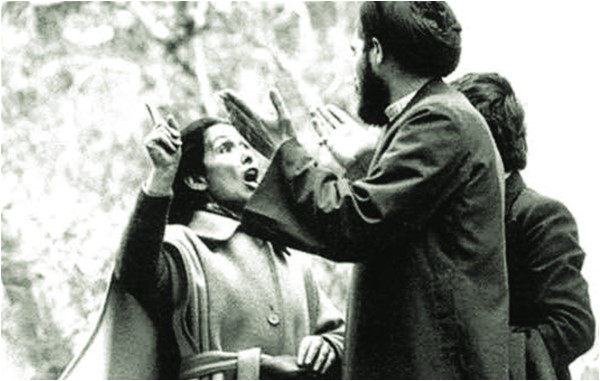
The United States remains pledged to overthrow the Iranian government, despite the support of former US president Barack Obama for the Iranian nuclear deal at Lausanne. US President Donald Trump has openly called for regime change in Teheran – an early sign was his decision to withdraw from the Iranian nuclear deal, and something which Khomeini had pithily captured, soon after coming to power, as the US’s “istikbar-e-jahani” (global arrogance). Over four decades, the US, or its allies like Wahhabi-monarchist Saudi Arabia and Zionist Israel, have tried to undermine the will of the Iranian people. It continues to do so.
After Trump and the likes of John Bolton dispense with Venezuela, they might look at Iran. Though unable to provoke a military invasion, they will do everything possible to undermine the government and to create internal problems, including green-lighting Israel or Saudi Arabia (or both) to take hostile action, as happened in the case of the Iraqi invasion of Iran back in 1980.
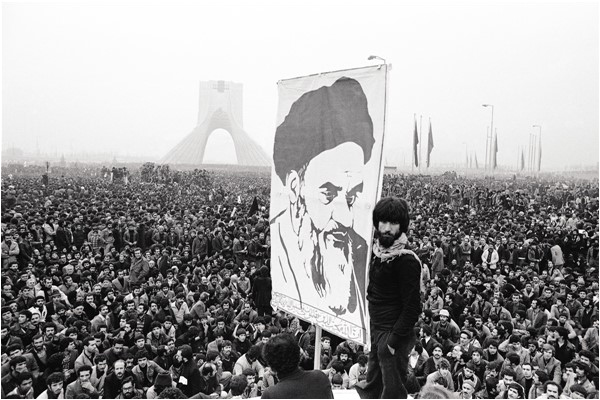
Despite huge problems with democracy and human rights over the past 40 years, which coalesced together in the form of the Green Movement after a disputed presidential election in 2009 – and became perhaps the most serious challenge to the Iranian government since 1979 – the country has upheld its sovereignty through the revolutionary process. It has been able to withstand indirect assault by the United States; and its quest for nuclear weapons needs to be understood in that context. It is the only non-nuclear power in a neighbourhood armed to the teeth with nuclear weapons – Pakistan, India, China and Israel – with possibly Saudi Arabia and even Turkey in tow.
Khomeini and some of his early allies differed sharply in their attitudes.
There was the unfortunate Dr Ali Shariati, considered by many the true intellectual godfather of the Revolution, murdered by agents of the Shah two years before the Revolution itself, whose ideas have been safely consigned to obscurity. And there was Ayatollah Mahmoud Taleghani, Khomeini’s comrade – likened by the Ayatollah for his devotion to progressive Islam to Abu Dhar al-Ghaffari (RA), companion of Prophet Muhammad (SAW) – and who, too, passed away within just eight months of the Revolution itself. These were men of infectious ideas.
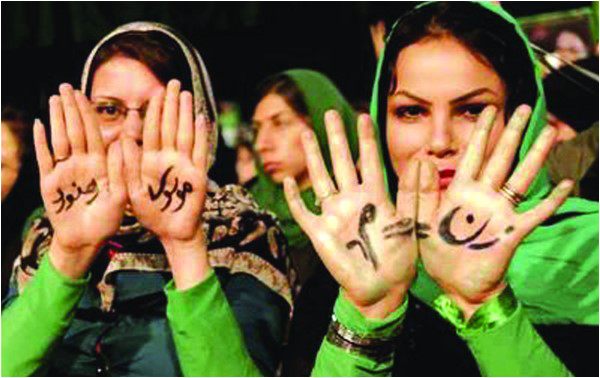
One hopes their thinking has infected the entire nation, whose destiny rests in its creative response – 40 years after the revolution – to the current crisis.
The Iranian Revolution is a great event of our present time. This revolution not only led to the end of an oppressive monarchy but turned into a massive setback to the influence of the Western bloc and changed the balance of power in the Middle East. Then as now, the eyes of the world are fixed on Iran to see which direction the revolution adopts – whether democratic elements develop further and Iran moves forward or mullahism strengthens its grip and the country moves backwards.
Revolution is not a static phenomenon but is a dynamic reality. Similarly, the leadership of a revolution, too, is not the personal property of anyone. Therefore the revolutionary leadership, however sacred and powerful it maybe, cannot be tolerated by the people for long if it does not fulfil the hopes raised by the revolution itself.
Then as now, the eyes of the world are fixed on Iran to see which direction the revolution adopts
That process is visible in Iran these days. The expectations which the people had from the Revolution have not been fulfilled. Among the young in particular, there is a perception that having gotten rid of a dictator after great sacrifices, another dictatorship was foisted over them. It is true that democratic organizations have been rendered ineffective but no one can deprive such a politically aware people of their democratic consciousness. Sooner or later their verdict and their right is likely to prevail.
Every person who sympathizes with Iran wishes that the authorities in Iran will refrain from the authoritarian path of the Shah and will try to solve the basic problems of society with the support of their compatriots rather than spilling blood. And if they feel that they can forever claim an unshakeable legitimacy in the name of Islam, they could easily find the spirit of “popular jihad” that they themselves invoked in 1979 turning against them. Those days could be as bad for the mullahs as the days of January and February 1979 were for Reza Shah Pahlavi and his friends.
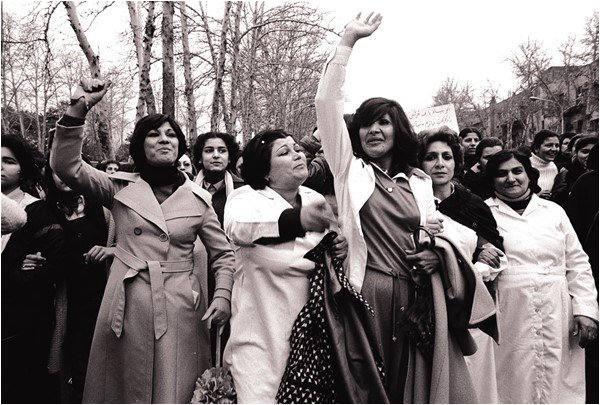
Shamlu exhorted his fellow countrymen most eloquently in his poem Dar Razm Zindagi (The War-Song of Life), which has been called the war-song of the new Iran. In it he calls upon his compatriots to rise and participate in the struggle between life and death, existence and non-existence:
“Below the arch of the sky and on the table-spread of the earth
In light and darkness
In being
And nothingness
Wherever fear, lust and extravagance lies hidden
Wherever death lies hidden
Wherever Man spends his days and nights in pain
Wherever one has to plead to the rebellion of fate
Wherever the direction of pain is towards Man
Wherever life demands struggle from the living
There the sword which has been made doubly sharp
With your strength and weakness
Draw it from the sheath”
Raza Naeem is a social scientist and an award-winning translator currently based in Lahore. He has been trained in Political Economy from the University of Leeds in the UK and in Middle Eastern History and Anthropology from the University of Arkansas at Fayetteville, USA. He has been engaged with the Middle East since the last two decades, travelling in, and writing and reporting on Egypt, Turkey and Yemen in various national and international publications. He is also the President of the Progressive Writers Association (PWA) in Lahore. He may be reached at razanaeem@hotmail.com

